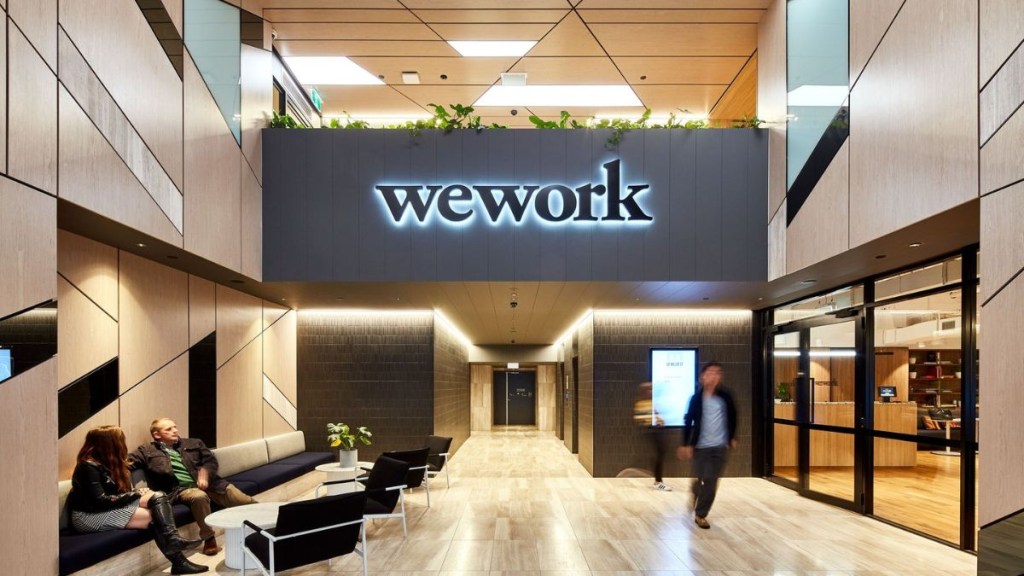Co-working player WeWork India is aiming to achieve a topline growth as well as capacity expansion of 20-25% year-on-year. The company has grown its revenues by 20-25% last year and capacity has grown by around 20%.
What did Karan Virwani say?
“We can’t give any future projections, but we will keep sustaining the growth rate that we have had over the last few years,” Karan Virwani, managing director and chief executive at WeWork India told FE.
Earnings before interest, taxes, depreciation, and amortisation (Ebitda) has grown higher than that, Virwani said, adding that the co-working industry is growing at 18-20% and could go higher.
“We want to continue to grow in top eight cities where we are and go deeper in metro cities itself. We will continue to expand workspace solutions product and bring new products,” Virwani said.
When is the IPO scheduled?
WeWork’s Rs 3,000-crore initial public offering is scheduled on Friday. Virwani said there will be a dilution of 30% by the promoters, while Embassy Group will hold about 50% post the IPO. WeWork Global’s stake will come down to mid-teens. Currently, Embassy Group holds around 76.21% and WeWork Global 23.45% in WeWork India.
“The IPO will free up the business to take bigger calls, have better access to the capital and return capital to shareholders which will help us to reduce our obligation,” he said. Smartworks and Awfis Space Solutions are among the listed co-working players.
WeWork has 68 operational centres with 114,077 desks across the country. Virwani also said the company is looking at inorganic opportunities to grow.
Virwani said the hybrid working model has been a tailwind. “I think small businesses like startups and mid-sized companies are not even looking at taking normal leases anymore. They’re just working out of flexible workspace. Now, the larger businesses, at least 20-30% of their portfolio now, are within flexible workspace model,” he added.
On rental growth in commercial properties, he said rents have gone up in the last few years due to strong demand.
